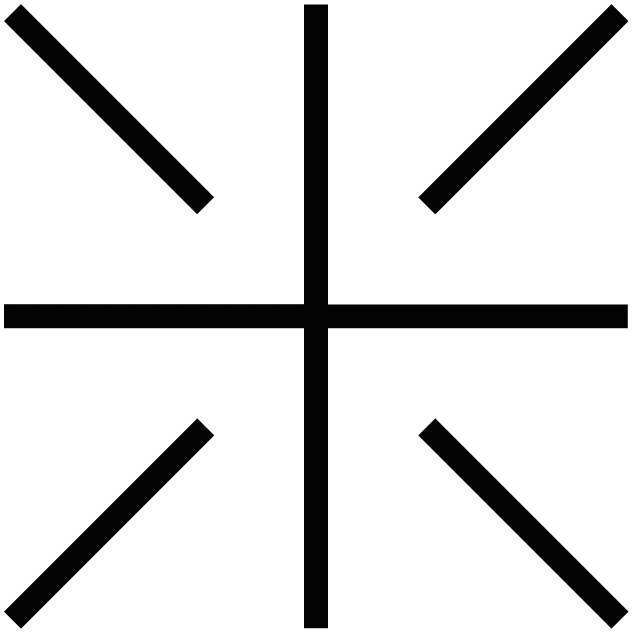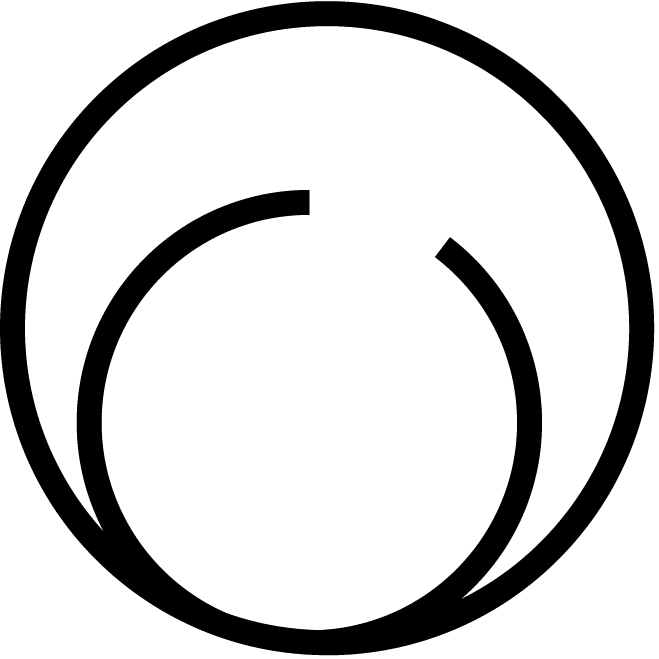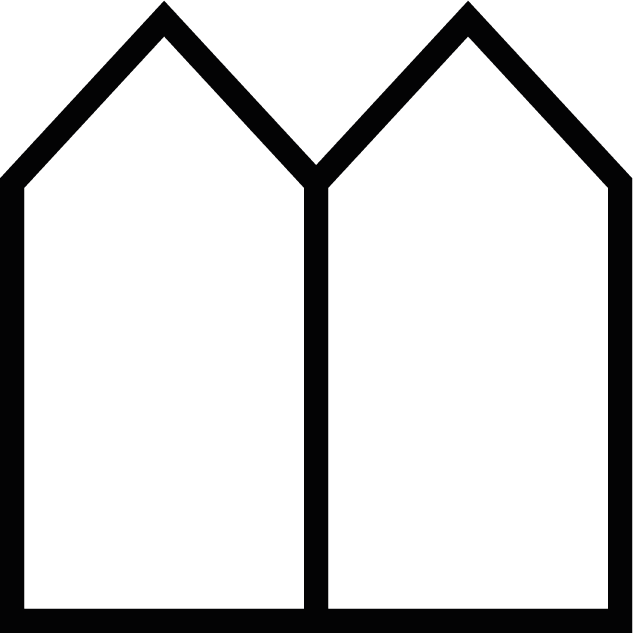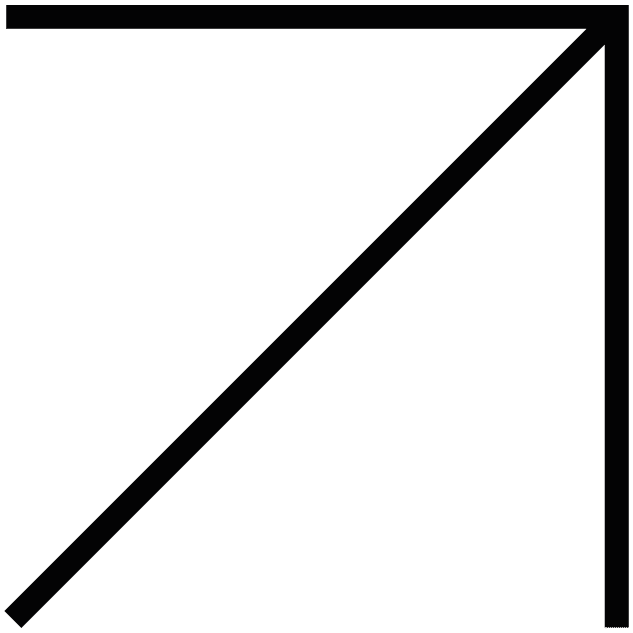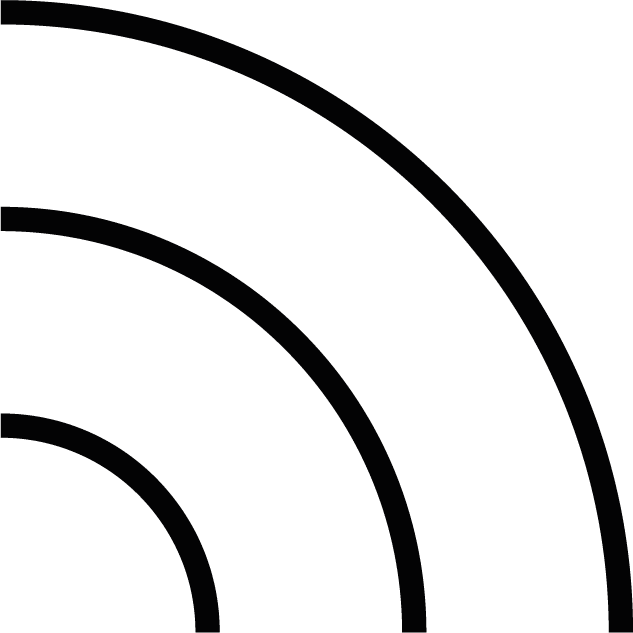Do you have an idea to use local biomass waste to create a better Biobased Tomorrow?
Biomasses like grass clippings, and seaweed and seagrass from beach wrack are often considered waste. However, they are promising and valuable biomass resources. That is why we are launching a challenge for a more sustainable and Biobased Tomorrow.
Biomasses like seaweed and grass contain a myriad of components that can be used in construction, food, pharmaceutical, chemical, and bioenergy industries. These biomasses are naturally renewed, and they can contribute to fulfilling market needs by providing several biomass components used in existing products. Or they can be used to make entirely new products that replace existing ones made from non-renewable resources.
The biomasses can contribute to a circular value chain that creates local environmental, social, and economic value in Denmark and Sweden.

CHALLENGE 1: GRASS
How can we create local value by utilizing grass from roadside clippings and other maintenance?
Grass is an abundant resource, and grass renews itself spontaneously. When the grass is cut by the municipality, it is sometimes collected for further use, but often the grass is just sent to a landfill. The composition of grass allows for its utilization for a range of purposes.
The challenge is to find opportunities of utilising surplus grass to create value for the local community. We focus on solutions that allow for a sustained use, now and in the future, and create value locally in a broad sense. The more local and resilient, the better.
CHALLENGE 2: SEAWEED & EELGRASS
How can we create local value by utilizing residual seaweed and eelgrass washed up on the beach?
The municipalities are responsible for collecting the beach wrack. Today, a large portion of this biomass is collected and sent to farms to be buried as fertilizer or sent to landfill. However, seaweed and eelgrass have many properties, physical, mechanical and chemical, and are valuable for several uses.
With this challenge we want to unveil the opportunities. We focus on solutions that allow for a sustained use, now and in the future, and create value locally in a broad sense. The more local and resilient, the better.

ALL IT TAKES IS INNOVATION
With the open innovation challenge Biobased Tomorrow we are looking for bioinnovators with circular solutions within two areas: Utilization of grass and seaweed/eelgrass.
CAN I PARTICIPATE?
We invite and encourage both start ups and companies to apply. This is a wide call to find answers to how we can build a Biobased Tomorrow
WHY SHOULD I PARTICIPATE?
By sending in your idea, you get the chance to participate in an intensive innovation process together with key actors from the ecosystem. They will help shape your idea from overall concept to a prototype tailored for the local needs at stake in this challenge.
At the final event a jury will name the winners of the challenge. The winners will be offered a package of benefits that suit their needs, for instance: professional laboratorial analysis and prototype-testing, business advice, guidance on environmental assessment and more.
Contact
If you have any questions, please reach out to

Rodrigo Salvador
rodsa@dtu.dk

Sara Bach
sara.bach@gate21.dk




